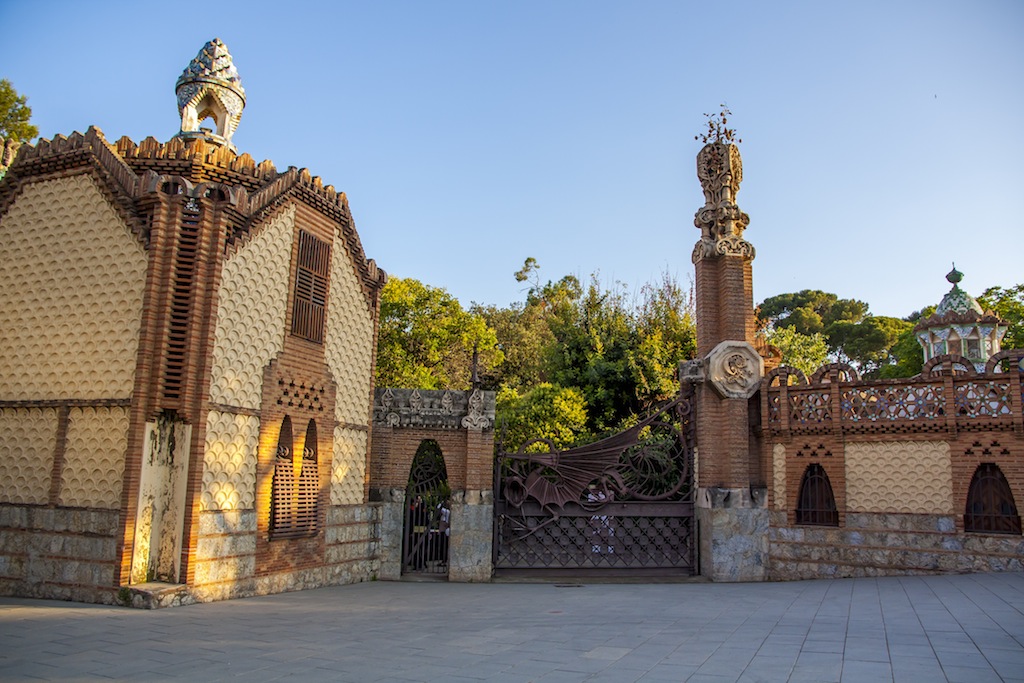The city of Barcelona, capital of Catalonia, was the main place where Antoni Gaudí, the great Modernist architect and decorator, developed his talent. From his first modest commissions to the buildings that the UNESCO declared World Heritage, the imprints of the Reus architect are part of the main attractions in Barcelona.
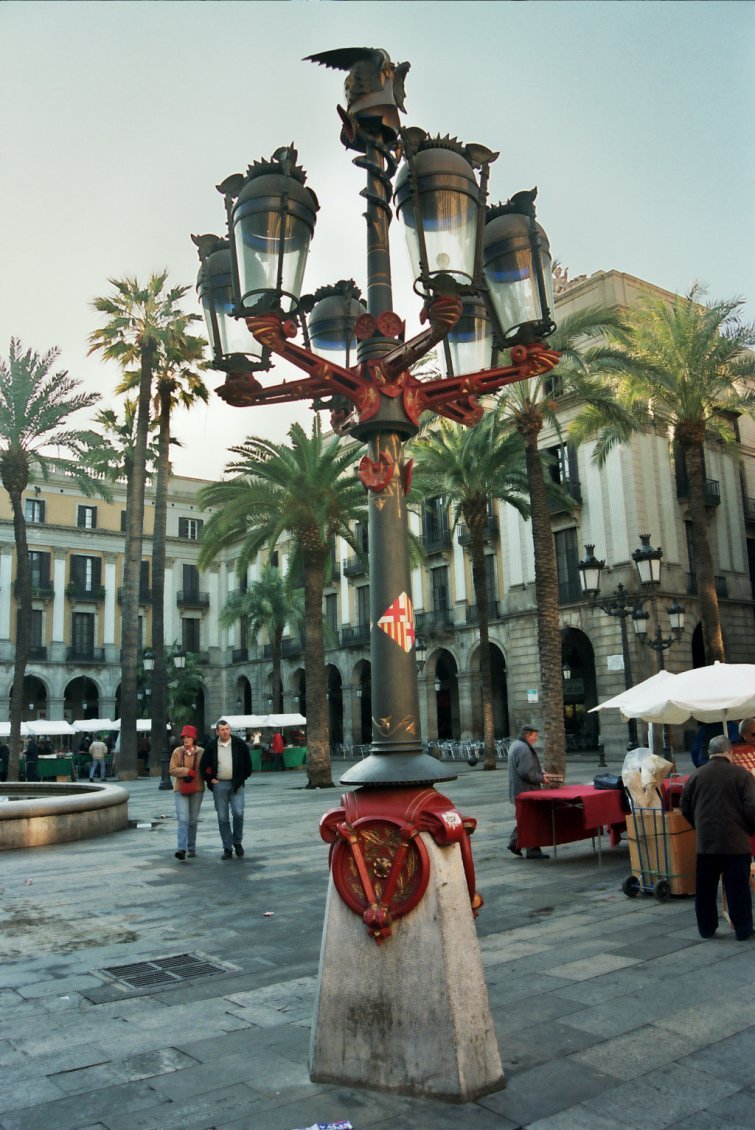 It is a route that may be covered in one day. It can be done on foot, by bike or using the public transport in Barcelona. Something to bear in mind, especially if you choose one of the two first options, is that the route crosses the city from the lower part to the upper part.
It is a route that may be covered in one day. It can be done on foot, by bike or using the public transport in Barcelona. Something to bear in mind, especially if you choose one of the two first options, is that the route crosses the city from the lower part to the upper part.
The route starts in Plaza Real, right in the centre of the city's old quarter. There are two six-arm lamp posts there, designed by the architect, commissioned by Barcelona City Council. It was one of his first projects (1879) when he was just 27 years old.
Just on the other side of the Ramblas, on Carrer Nou de la Rambla 3-5, we'll find the Güell Palace, one of the many buildings he carried out on commission for the industrial man and politician Eusebi Güell. Built between 1886 and 1890, it was one of the main buildings in which he expressed his conception of architecture and decoration. The building has been declared a World Heritage Site by UNESCO.
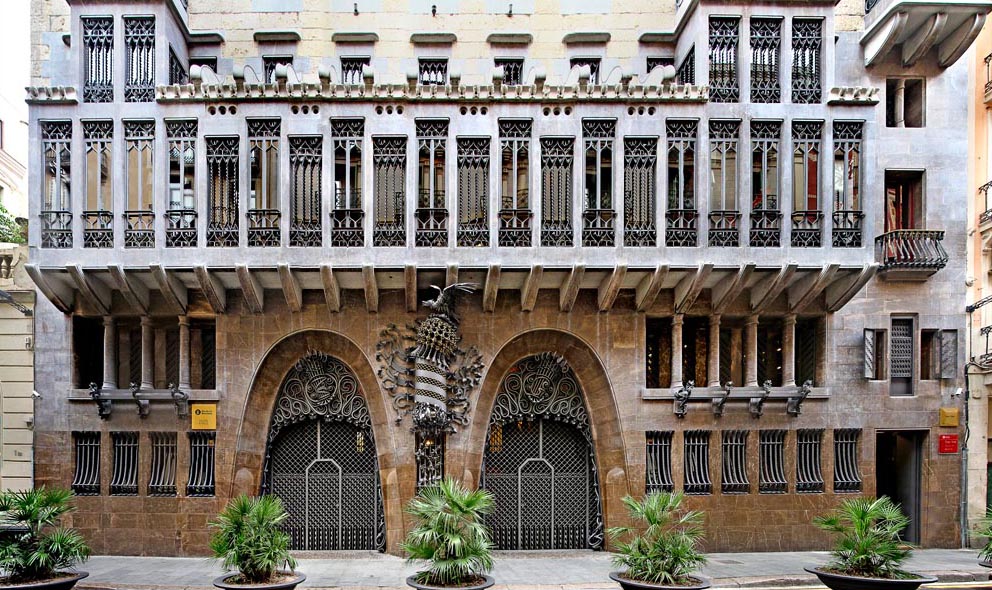
Then we'll travel up Las Ramblas to Plaça de Catalunya and the entrance to Passeig de Gràcia. To the right we'll see Carrer de Casp, where number 48 is Casa Calvet house, a building designed by Gaudí between 1898 and 1900. Then we'll return to Passeig de Gràcia to visit the Casa Batlló house (1904-1906). It is at number 43 and stands out because of its imaginative façade. It is also a World Heritage Site.
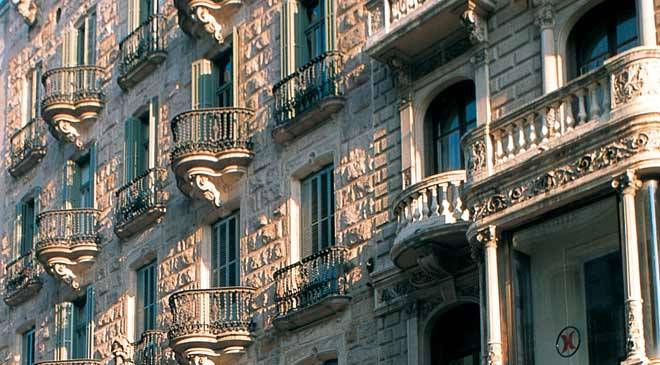

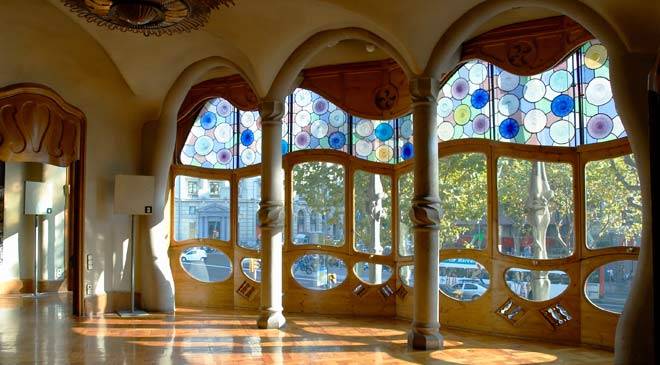
Two corners ahead, where Passeig de Gràcia (number 92) meets Carrer Provença, there is another great work by Gaudí: Casa Milà house (or La Pedrera), built between 1906 and 1910 and declared a World Heritage Site by the UNESCO. Its typical features are its curves, the white limestone on the façade, the innovative chimneys and the design (also curved) of the spaces and homes inside.
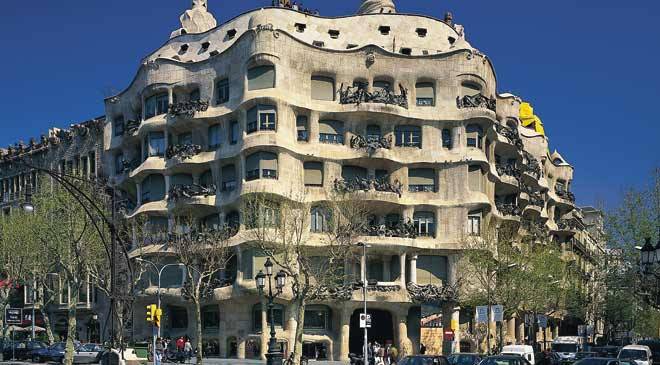
If we continue along Carrer de Mallorca heading north-east, alter about 1.5 kilometres we'll arrive at the Basilica of La Sagrada Familia. It is possibly Gaudí's most internationally famous building and is still being built. As well as its design and conception, Gaudí also made the crypt and the Nativity façade, both declared a World Heritage Site.
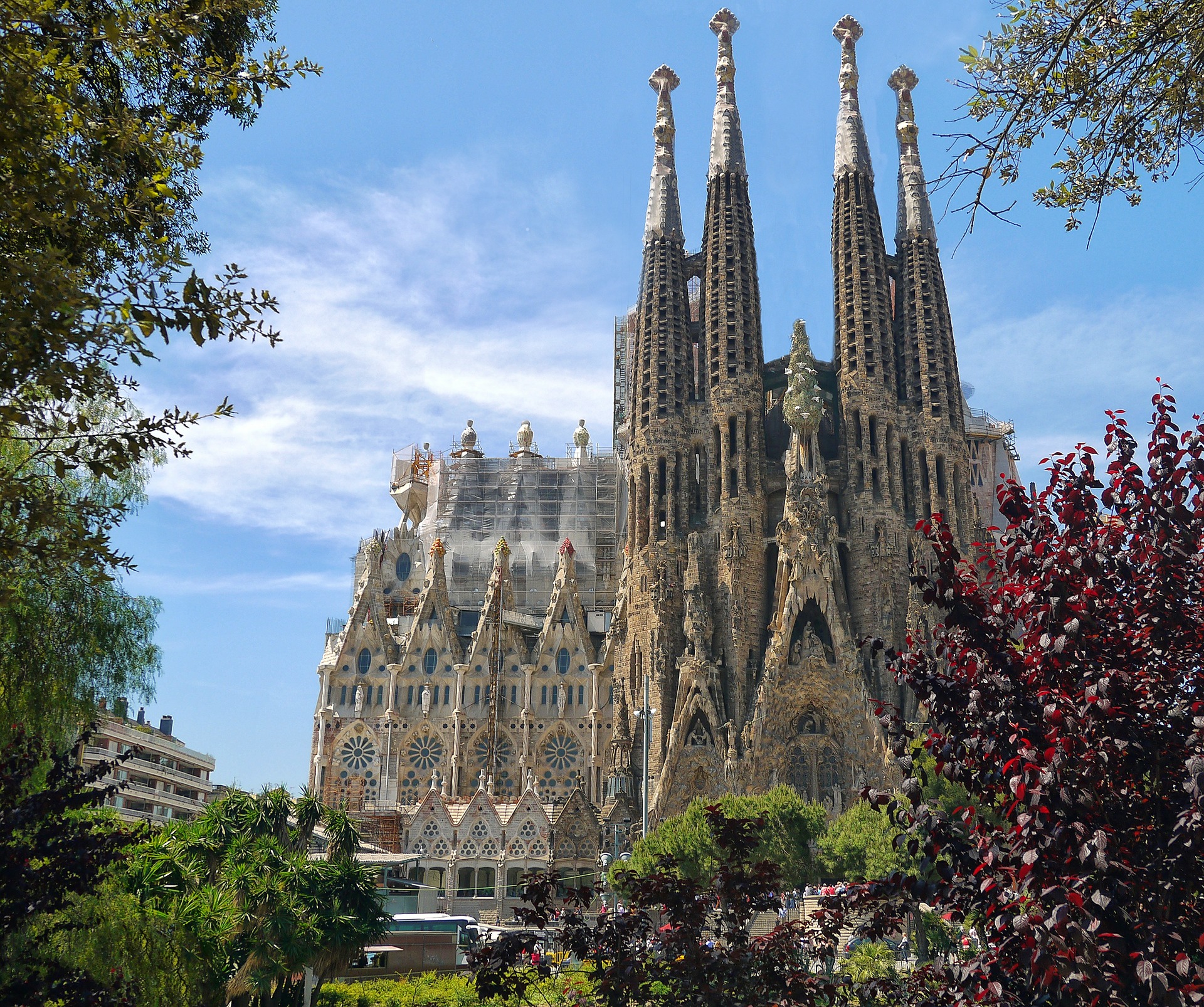

Then we'll head towards the upper part of the city. About 2 kilometres north of the Gràcia neighbourhood, we'll discover the Güell Park. It is a set of gardens with different architectural elements designed by Gaudí between 1900 and 1914 when he was a mature artist.
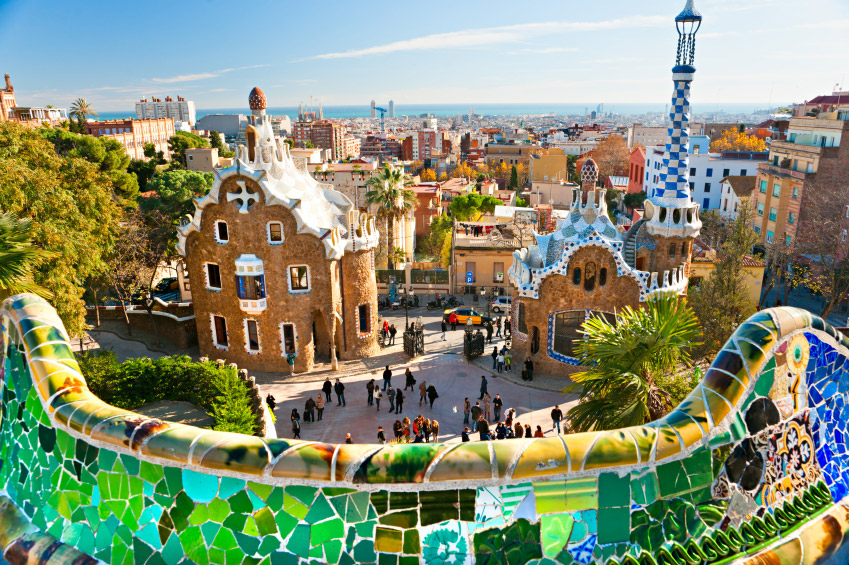
On Carrer de Carolines 24, not far from Güell Park, we'll find Casa Vicens house, one of the main commissions that Gaudí managed to get when he was young (1883-1888). Then we'll head towards the Bellesguard Tower, situated at numbers 16-20 on the nearby street of the same name.
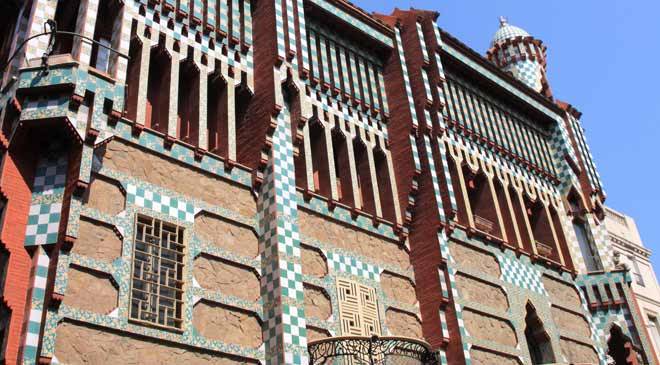
The next to last stop is just over 1 kilometre away, on Carrer de Ganduxer 85. There we'll find the College of Las Teresianas, another of Gaudí's works. Finally, we'll end the route at another building designed for Eusebi Güell: the Güell Pavilions, on Avinguda de Pedralbes 7. It is a set of buildings that Gaudí designed between 1884 and 1887. Enjoy the route!

